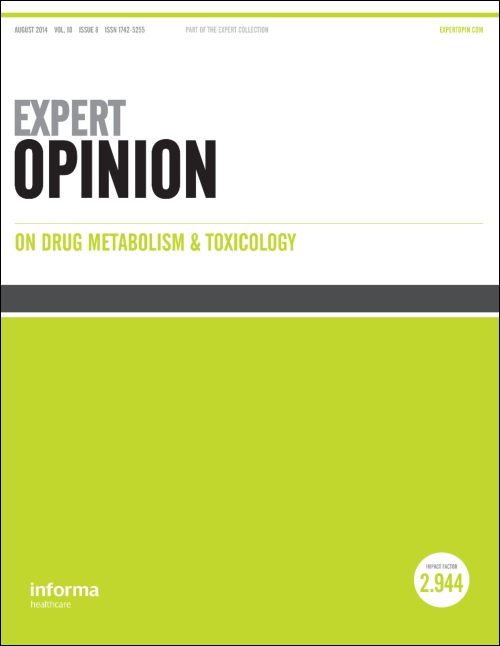Authors:
Antonio Simone Laganà, Gianpiero Forte, Mariano Bizzarri, Zdravko A Kamenov, Bianca Bianco, Cihan Kaya, Georgios Gitas, Ibrahim Alkatout, Milan Terzic, Vittorio Unfer
Introduction: Myo-inositol (MI) and d-chiro-inositol (DCI) play a key role in ovarian physiology, as they are second messengers of insulin and gonadotropins. Ex-vivo and in-vitro experiments demonstrate that both isomers are deeply involved in steroid biosynthesis, and that reduced MI-to-DCI ratios are associated with pathological imbalance of sex hormones.
Areas covered: This expert opinion provides an overview of the physiological distribution of MI and DCI in the ovarian tissues, and a thorough insight of their involvement into ovarian steroidogenesis. Insulin resistance and compensatory hyperinsulinemia dramatically reduce the MI-to-DCI ratio in the ovaries, leading to gynecological disorders characterized by hyperandrogenism, altered menstrual cycle and infertility.
Expert opinion: Available evidence indicates that MI and DCI have very specific physiological roles and, seemingly, physiological MI-to-DCI ratios in the ovaries are crucial to maintain the correct homeostasis of steroids. Inositol treatments should be evaluated on the patients’ specific conditions and needs, as long-term supplementation of high doses of DCI may cause detrimental effects on the ovarian functionality. In addition, the effects of inositol therapy on the different PCOS phenotypes should be further investigated in order to better tailor the supplementation.

